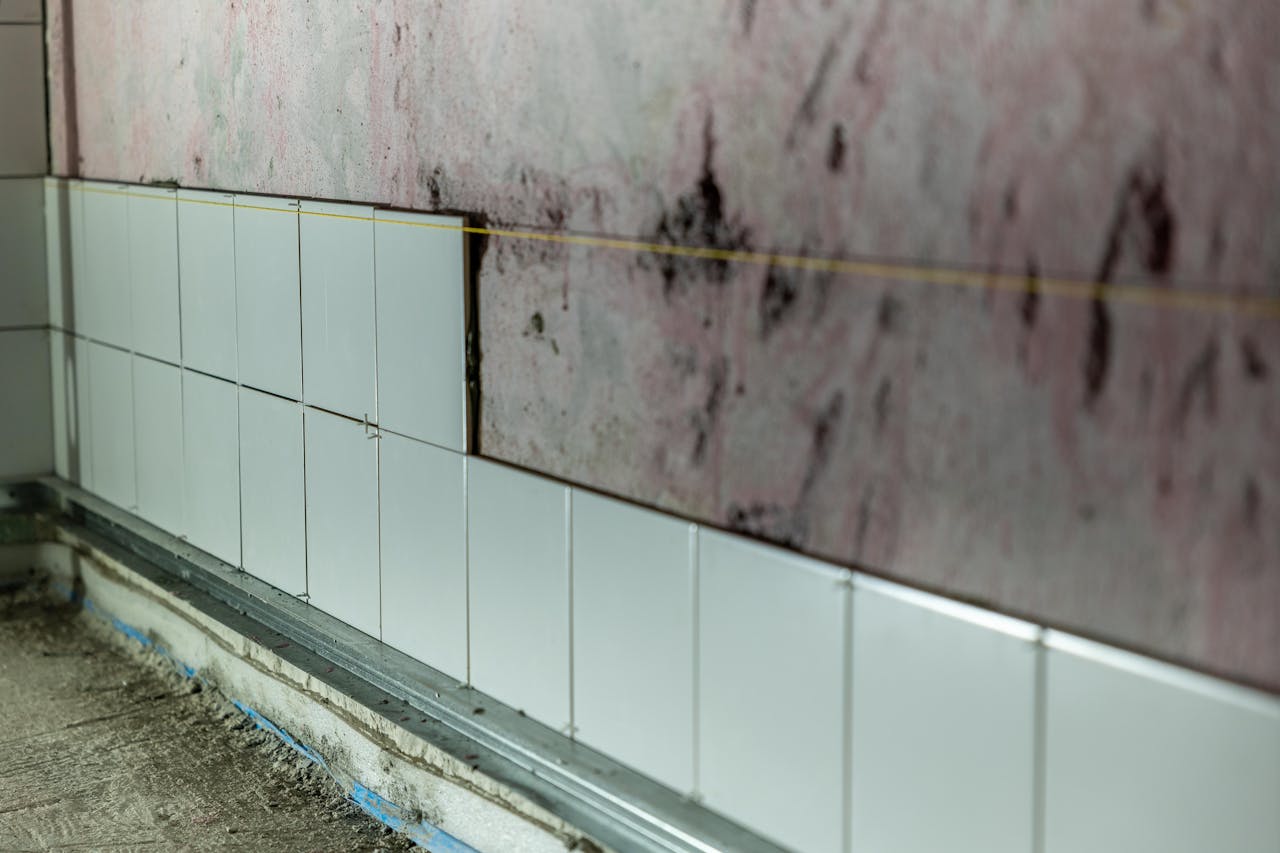Cultivated Dining Room Decor: Tips for a Refined Home Interior
Can you feel it? You’ve been planning for weeks, organizing recipes …

Water damage can be a homeowner’s worst nightmare, occurring due to leaks, floods, or condensation. Recognizing the early signs is important to mitigate extensive damage and expensive repairs. Understanding how to spot these indicators helps in maintaining the structural integrity of your home. By being alert to the subtle changes that take place in your home, you can respond before the situation escalates, ensuring a prolonged lifespan for your property.
Feeling unexplained dampness in certain areas of your house can be an indication of water damage. Basement walls, ground floors, and bathroom corners are prime locations where moisture can accumulate unnoticed. This dampness often results from leaks in plumbing or poor drainage systems. Condensation buildup can occur, particularly in areas with high humidity levels.
Be proactive about inspecting these areas regularly. Using a moisture meter can help you gauge the severity of damp conditions. A fast water damage response is critical to preventing further damage to your home, as your immediate attention could drastically change the outcome. Ignoring these early warning signs can lead to mold growth, structural deterioration, and costly repairs that could have been avoided with timely intervention.
One of the most common signs of water damage is the appearance of stains on walls and ceilings. These stains can vary in color and size, but generally manifest as yellow or brown patches. They often indicate that water has penetrated the material, causing discoloration. If you notice these stains, particularly around plumbing fixtures or in the basement, it’s crucial to investigate the source of the moisture. Ignoring these signs can lead to long-term structural issues and mold growth, amplified by the warm, damp conditions fostered by water intrusion.
A musty smell in your home often signals water damage. Mold and mildew thrive in damp environments, releasing organic compounds that emit a distinctive odor. This smell can seep into furniture, walls, and insulation, making it challenging to eliminate entirely. Whenever you notice this scent, it’s a good indication of hidden moisture somewhere in the premises.
Inspect potential trouble areas like bathrooms, kitchens, and around windows, where sealed spaces might harbor hidden water. Taking immediate action to identify and rectify the source of moisture can facilitate a rapid recovery and keep your home free from issues.
Windows and roofs are often the first lines of defense against the elements. They can be the root cause of leaks that lead to water damage when not properly maintained. Pay close attention to the seals and caulking around windows, ensuring there are no cracks or gaps that could allow water to seep in.
When it comes to roofs, look for missing shingles or signs of sagging. It’s advisable to conduct routine inspections at least twice a year. If any issues are found, addressing them promptly can help to prevent more significant problems down the line, keeping your home dry and secure.
Major appliances like washing machines, dishwashers, and water heaters are notorious for leaks. Checking these appliances regularly for any signs of leaks or pooling water can help catch water damage before it escalates. It’s wise to inspect all visible pipes and plumbing for rust, corrosion, or any signs of leaking.
Ensuring that these components are in good working order is crucial. If you experience unexplained increases in your water bills, it could indicate an unseen leak that deserves immediate attention, as unresolved, it can lead to extensive repair costs and compromised health due to mold issues.
Your lawn and outdoor drainage systems can significantly impact your home’s water management. Poor drainage can direct water toward your foundation, leading to soil saturation and potential basement flooding. Observing how the water behaves during heavy rain can give you insights into potential issues.
If water pools close to your foundation, think about landscaping modifications to redirect the flow. Maintaining clear gutters and downspouts is paramount, as clogged systems can lead to roof runoff, potentially damaging your home. Regular maintenance will continually help safeguard your property against unexpected water damage.
Water damage may begin subtly, but if ignored, it can escalate into serious structural and health-related concerns. Regular inspections for early indicators, such as ceiling stains, musty odors, peeling paint, or increased humidity, can help you detect problems before they worsen. Maintaining your home’s appliances, plumbing, and drainage systems ensures that leaks or backups are less likely to occur.
Preventive action is often far less costly than major repairs caused by prolonged exposure to moisture. Staying vigilant and proactive helps preserve your property’s integrity, reduces the risk of mold growth, and promotes a healthier, safer living environment for you and your family.
DeCasa Collections is a simple, style-focused website that shares easy home décor ideas, design inspiration, and helpful tips to make any living space look beautiful and comfortable